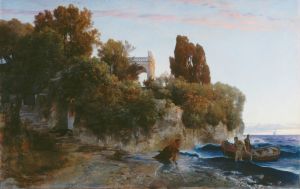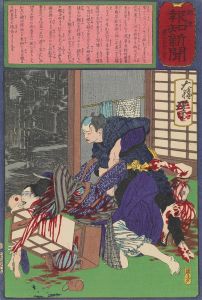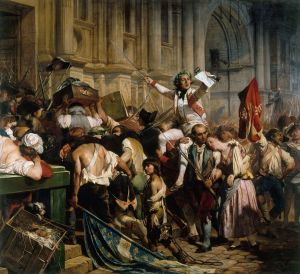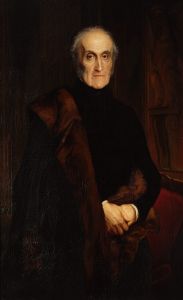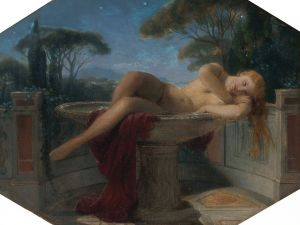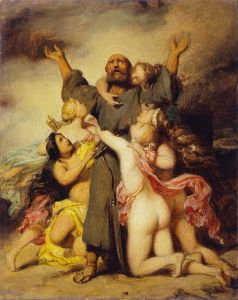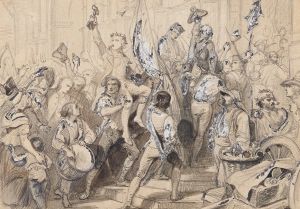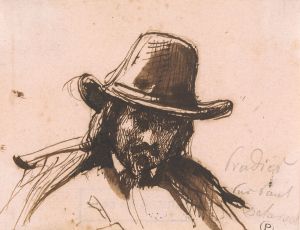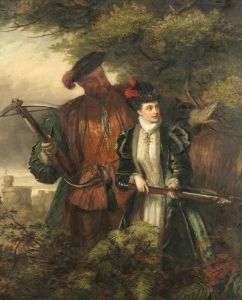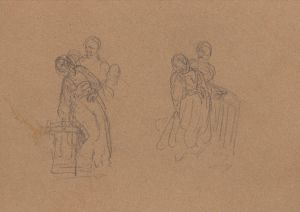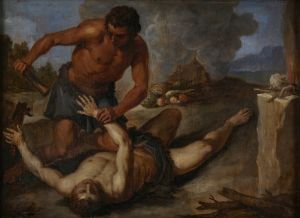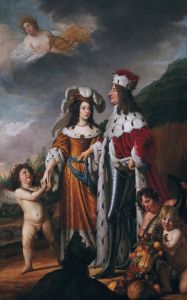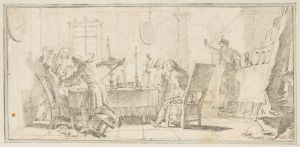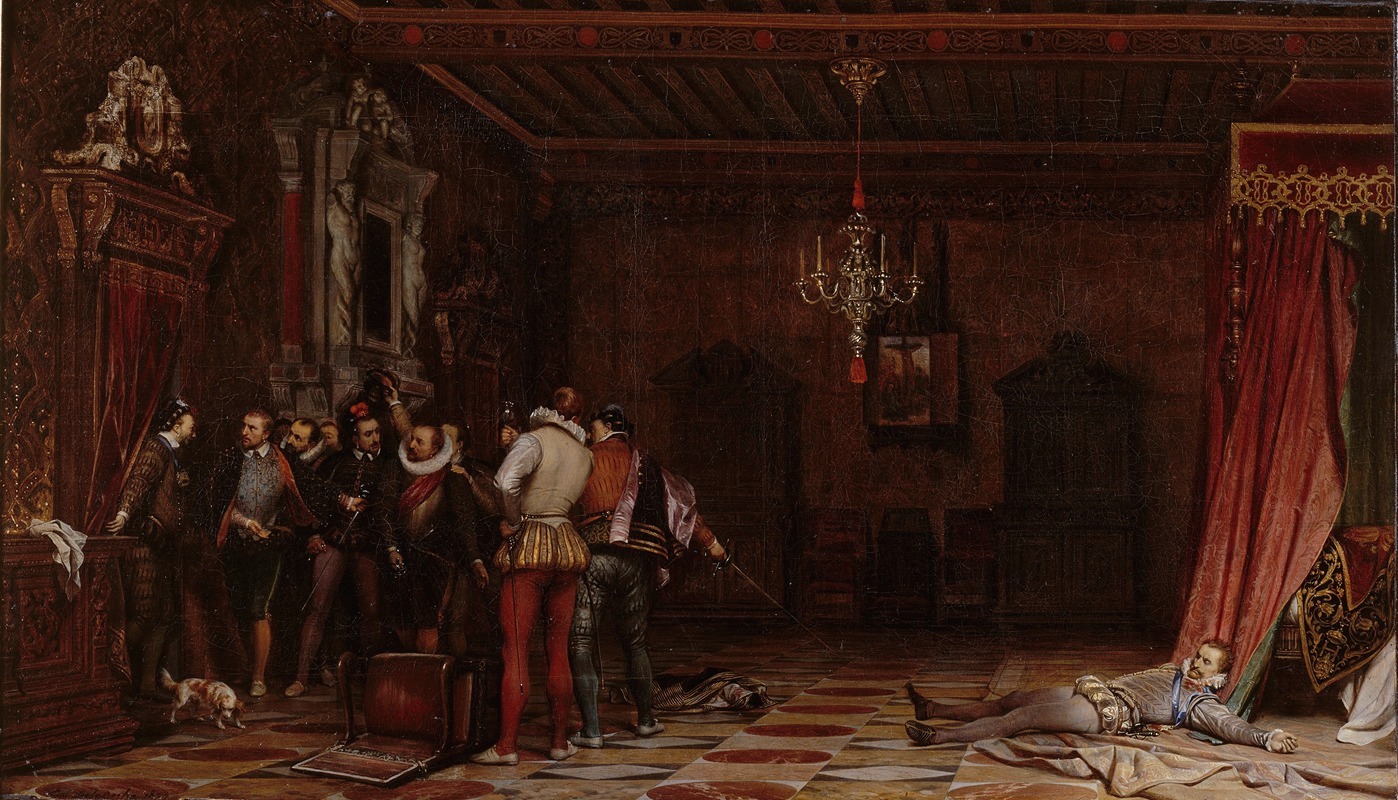
L’assassinat du duc de Guise au château de Blois en 1588
A hand-painted replica of Paul Delaroche’s masterpiece L’assassinat du duc de Guise au château de Blois en 1588, meticulously crafted by professional artists to capture the true essence of the original. Each piece is created with museum-quality canvas and rare mineral pigments, carefully painted by experienced artists with delicate brushstrokes and rich, layered colors to perfectly recreate the texture of the original artwork. Unlike machine-printed reproductions, this hand-painted version brings the painting to life, infused with the artist’s emotions and skill in every stroke. Whether for personal collection or home decoration, it instantly elevates the artistic atmosphere of any space.
Paul Delaroche's painting L’assassinat du duc de Guise au château de Blois en 1588 (The Assassination of the Duke of Guise at the Château de Blois in 1588) is a historical artwork that depicts a pivotal moment in French history. The painting illustrates the assassination of Henri I, Duke of Guise, a prominent figure during the French Wars of Religion. This event occurred on December 23, 1588, at the Château de Blois, under the orders of King Henry III of France.
The Duke of Guise was the leader of the Catholic League, a powerful faction that opposed Protestant influence in France and sought to strengthen Catholic dominance. His growing influence and power posed a direct threat to King Henry III, who feared losing control over his kingdom. The assassination was part of a larger political and religious conflict that defined late 16th-century France.
In Delaroche's painting, the dramatic moment is captured with meticulous attention to historical detail and emotional intensity, hallmarks of the artist's style. The composition portrays the aftermath of the assassination, with the Duke of Guise lying lifeless on the floor, surrounded by the king's guards. The setting of the Château de Blois is rendered with a sense of historical authenticity, emphasizing the gravity of the event. Delaroche's use of lighting and color enhances the somber and tense atmosphere, drawing the viewer into the scene.
Paul Delaroche (1797–1856) was a French painter known for his historical subjects, often focusing on dramatic and emotionally charged moments. His works are characterized by their realism and narrative clarity, appealing to both academic and popular audiences of his time. Delaroche's interest in historical events and figures made him one of the leading artists of the Romantic period in France.
The assassination of the Duke of Guise marked a turning point in the French Wars of Religion. Following the murder, King Henry III faced backlash from the Catholic League and the broader Catholic population, leading to further instability in the kingdom. The event ultimately contributed to the king's own assassination in 1589, highlighting the turbulent and violent nature of this period in French history.
Delaroche's painting serves as both a historical record and a work of art, reflecting the artist's ability to convey the emotional and political complexities of the past. While the painting is rooted in a specific historical event, it also resonates as a broader commentary on power, betrayal, and the consequences of political ambition.





